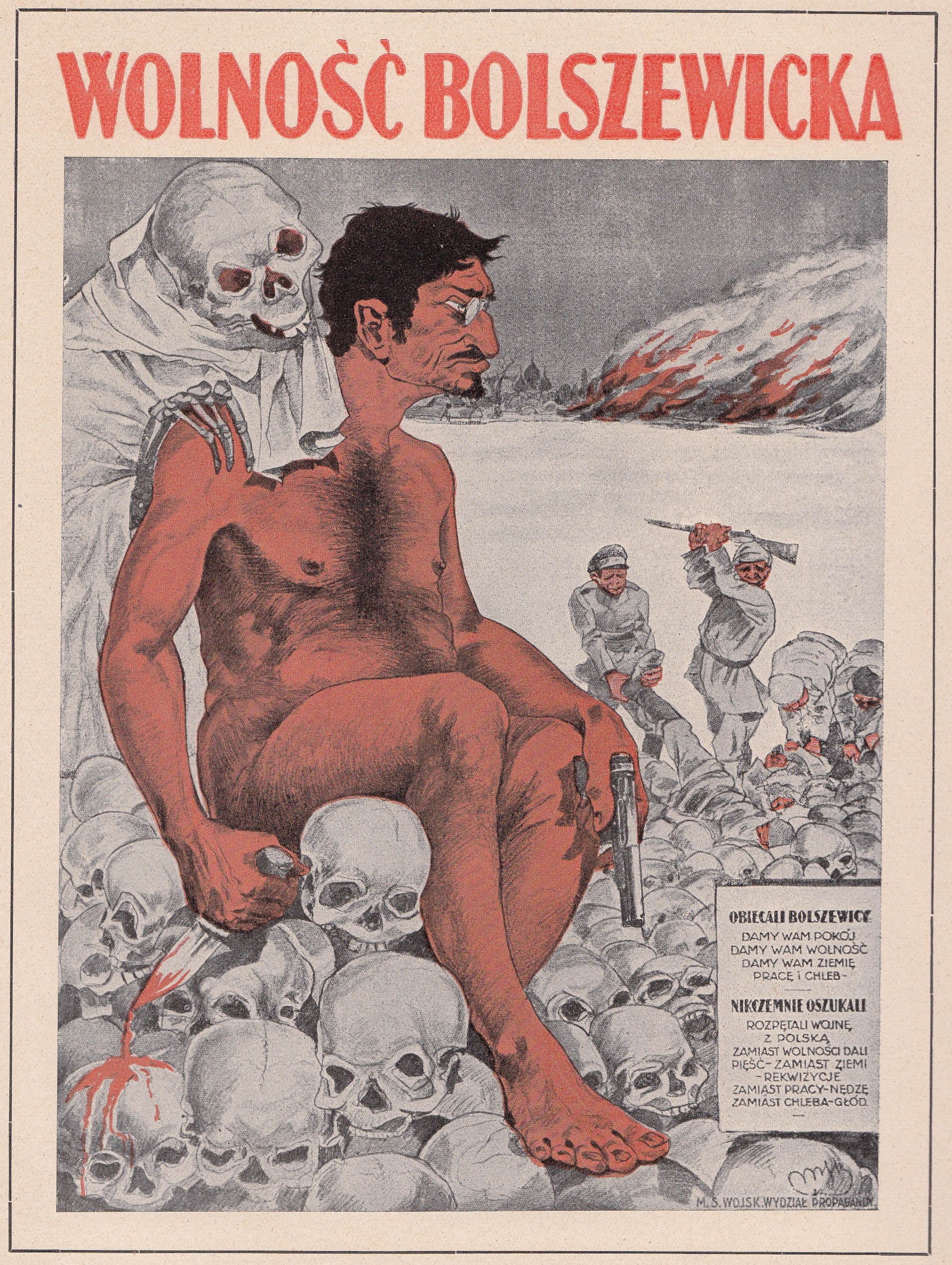Polish-Soviet War – House of the Black Heads, Riga
Fact of the Polish figure „The arrival of Piłsudski in Warsaw”
Part of the „Creation of the modern states (1918-1920)” topic
The Polish-Soviet War (1919-1921) emerged in the turbulent aftermath of World War I, as the collapse of the Russian and Austro-Hungarian Empires created a vacuum in Eastern Europe. Both Poland and the nascent Soviet Union staked claims over territories now forming parts of Belarus and Ukraine. Poland, seeking to secure its newly regained independence after centuries of partition, rapidly organized an army under the leadership of Józef Piłsudski.
Initially, Poland achieved notable victories, capturing key cities such as Kyiv and Minsk, demonstrating its military capabilities. However, the tide turned when the Soviet Russia, determined to spread communist revolutionary ideals westward, reinforced its Red Army and launched a vigorous counteroffensive. This push drove Polish forces back, culminating in the critical Battle of Warsaw in 1920, often hailed as the „Miracle on the Vistula.” Against odds, the Polish army, thanks to great strategy and very effective espionage, decisively defeated the Soviets, halting their advance and stopping the revolution from spreading into the Europe.
The war’s end came with the Treaty of Riga in 1921, which secured Poland’s eastern borders and formally acknowledged its independence. This victory was not merely a territorial gain but a significant assertion of Polish sovereignty and a stabilization force in European geopolitics.





